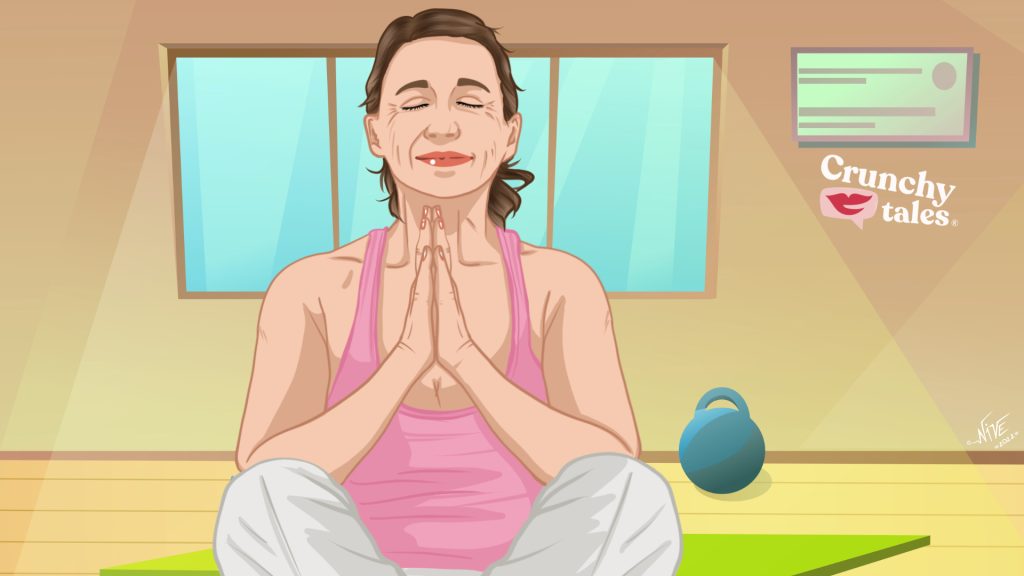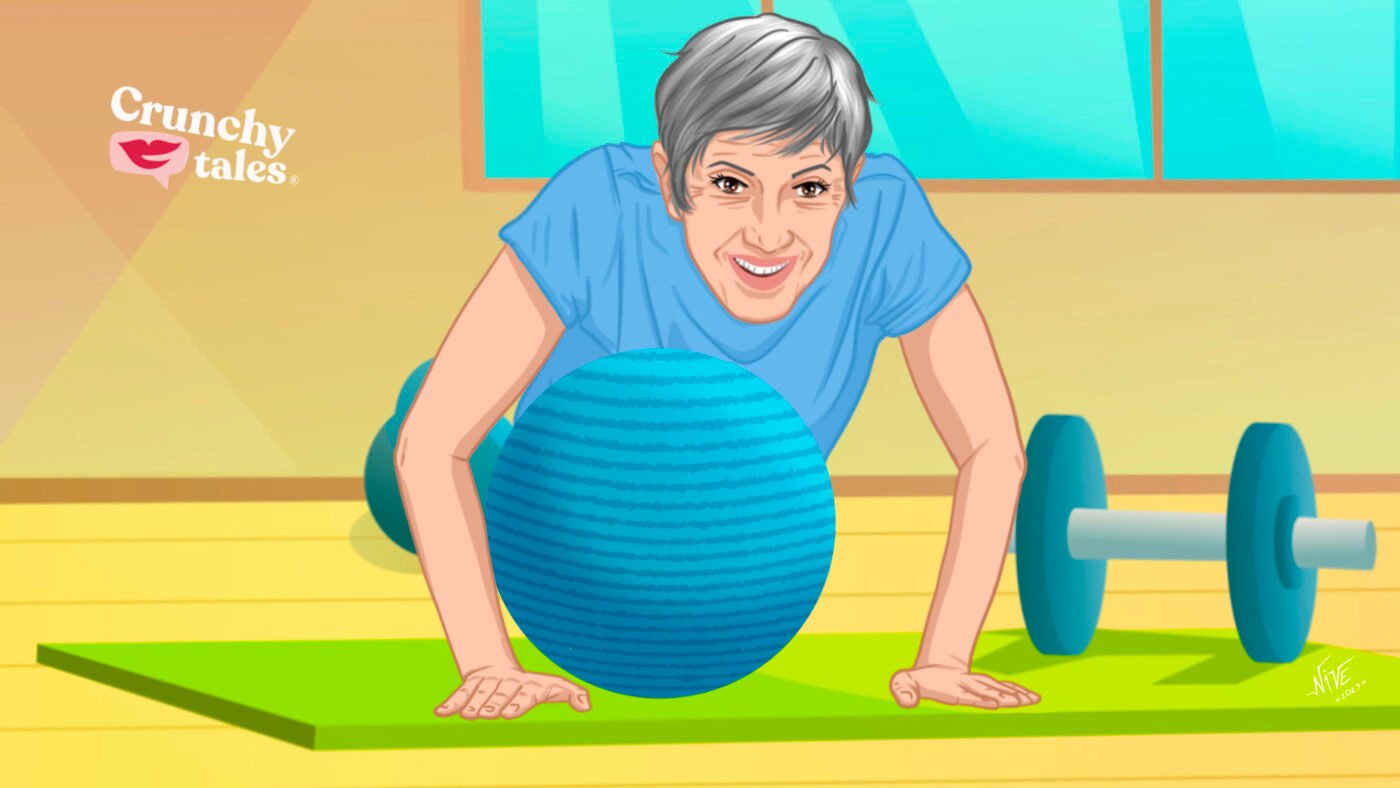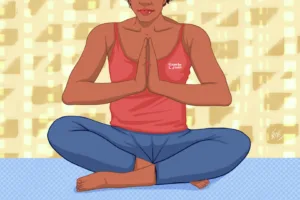The Best Low-Intensity Workouts for Beginners Over 50
Starting a fitness program when you’re over 50 can be intimidating, especially if you’re new to exercise or haven’t been active in a while. But surely, it can be a great way to embrace your next chapter in life. That’s why it’s important to ease into it with low-intensity workouts that prioritize safety and enjoyment.
“For someone who is recovering from injury, has joint problems, or is fairly new to exercise, starting with a low-intense workout is much better “, explains Abigail Roberts, Sports Nutritionist at Bulk.com, “Low-impact exercise put less stress on your body, and reduces the need for rest days, helping you remain consistently active. Also, for someone who may have a heart condition, it is important to stick to low-intense activity, to ensure you don’t push your heart too much“.
In this guide, we’ll explore a variety of exercises specifically designed for beginners over 50. Whether you’re aiming to improve flexibility, build strength, or enhance cardiovascular health, these workouts are tailored to your unique needs and abilities. With a gentle approach, you’ll gradually increase your fitness level, reduce the risk of injury, and enjoy the process of becoming stronger and healthier.
Understanding low-intensity workouts
When starting an exercise program, it’s crucial to choose activities that are suitable for your fitness level and take into consideration any underlying health conditions you may have. This is where low-intensity workouts come in – exercises that are gentle on your joints and muscles, making them ideal for beginners over 50 who may want to improve their overall well-being.
Performed at a slower pace and with less resistance compared to high-intensity workouts, these exercises are designed to be low-impact. They typically include activities like walking, swimming, cycling, yoga, tai chi, golf and pilates but also gentle exercises you can do at home like squats, jumping jacks, crunches or even lifting weights.
The key here is to focus on proper form, controlled movements, and progression. By starting with lighter weights or resistance levels and gradually increasing the difficulty over time, you can build strength and endurance without overwhelming your body.
Our favourite low-intensity workout? Walking in the woods. Simple and effective, it builds your stamina, strengthens lower body muscles, and helps fight against bone diseases like osteoporosis. It’s also easy to work into your day. You can go solo or make it social. At a moderate pace, you’ll not only get exercise but also still be able to chat with a friend or group.

Benefits of low-intensity workouts for beginners over 50
Low-intensity workouts offer a wide range of benefits for beginners over 50. Amongst them, is their ability to improve flexibility and mobility. Gentle yoga and stretching exercises, for instance, can help to increase joint range of motion, reduce stiffness, and improve balance. This is particularly important as we age, as flexibility tends to decrease over time.
On the other hand, even dancing may be worth considering. Often overlooked, it actually helps your endurance and strengthens your muscles while burning a lot of calories because it gets you moving in all directions. Research shows learning new moves is really good for your brain, too.
In a study that aimed to assess the benefits of dance for mature people, it was shown that dance of any style is also able to improve metabolism and balance in aged individuals, with or without chronic illnesses. Most data included interventions that spanned a length of 60mins, 3 times a week for a minimum of 12 weeks.
Generally, all low-intensity workouts can have a positive impact on mental health and well-being. According to research from the University of Nebraska Medical Center, exercise releases endorphins, which are natural mood boosters. Engaging in regular physical activity can help to reduce stress, anxiety, and symptoms of depression. It also promotes better sleep, increases energy levels, and enhances cognitive function.
Tips for getting started with low-intensity workouts
If you’re new to exercise or haven’t been active in a while, it’s important to approach low-intensity workouts with the right mindset. Here are some tips to help you get started:
1. Consult with your healthcare provider: Before starting any exercise program, it’s important to consult with your family doctor, especially if you have any underlying health conditions or concerns. They can provide guidance and ensure that you’re choosing activities that are safe and suitable for your individual needs.
2. Start slow and gradually increase intensity: The key to success with low-intensity workouts is to start slow and gradually increase the intensity over time. This allows your body to adapt and build strength without overexertion or risk of injury. Aim for 30 minutes of exercise most days of the week and gradually increase the time and intensity as you progress.
3. Choose activities you enjoy: To stay motivated and committed to your fitness routine, choose activities that you enjoy. This will make it easier to stick with your fitness plans in the long run.
4. Listen to your body: Pay attention to how your body feels during and after exercise. If you experience any pain, discomfort, or excessive fatigue, it’s important to take a break and rest. Pushing through pain can lead to injuries and setbacks. Remember, it’s okay to challenge yourself, but always prioritize your safety and well-being.
5. Stay hydrated and fuel your body: Hydration is key when engaging in any form of exercise. Drink plenty of water before, during, and after your workouts to stay properly hydrated. Additionally, fuel your body with nutritious foods that provide the energy and nutrients needed for optimal performance and recovery.
Sample low-intensity workout routine for beginners over 50

To help you get started, here’s a sample low-intensity workout routine that you can try:
1. Warm-up: Start with a 5-10 minute warm-up to get your body ready for exercise. This can include light cardio exercises like walking in place or marching in one spot, followed by some gentle stretching.
2. Cardiovascular exercise: Choose a low-impact cardio exercise that you enjoy, such as walking, swimming, or cycling. Aim for 20-30 minutes of continuous activity, gradually increasing the duration as you build stamina. Remember to start at a comfortable pace and gradually increase the intensity over time. “An hour of light to moderate walking per day is ideal for a walking workout“, continues Abigail Roberts .”Set yourself a route and record your activity on your phone or smartwatch, as this can show how many calories you burn and why you don’t always have to go to a gym to do a workout“.
3. Strength training: Incorporate strength training exercises into your routine to build muscle and increase strength. Use light weights or resistance bands and perform exercises such as bicep curls, shoulder presses, squats, and lunges. Start with 1-2 sets of 10-12 repetitions and gradually increase the number of sets and repetitions as you get stronger.
4. Flexibility exercises: Finish your workout with some gentle stretching exercises to improve flexibility and reduce muscle tension. Focus on major muscle groups such as the shoulders, chest, hips, and legs. Hold each stretch for 15-30 seconds and remember to breathe deeply and relax into the stretch.
5. Cool-down and relaxation: Finally, take a few minutes to cool down and relax your body. This can include gentle walking or stretching exercises, followed by deep breathing or meditation to calm the mind and promote relaxation.
Staying motivated and accountable during low-intensity workouts
Staying motivated and accountable during your low-intensity workouts is key to maintaining a consistent exercise routine. Remember, it’s not about comparing yourself to others or pushing yourself beyond your limits. Your fitness journey is unique to you, and it’s important to understand your why, honour your body and do what feels right for you.
Here are some strategies to help you stay on track:
1. Set realistic goals: Set realistic and achievable goals for yourself. Whether it’s completing a certain number of workouts per week, increasing your walking distance, or improving your flexibility, having goals can provide motivation and a sense of accomplishment.
2. Find an exercise buddy: Did you know many 50+ communities have groups that help one another stay in shape by challenging each other to a certain number of steps every day? Joining such a challenge gives you the incentive to stay active. It’s also an excellent way to stay connected with other people in your community, which can be key to staying both physically and mentally active later in life. Exercising with a friend or family member can in fact make your workouts more enjoyable and help you stay motivated. Find someone who shares your fitness goals and schedule regular workout sessions together.
3. Mix it up: Variety is key when it comes to staying motivated. Try different types of low-intensity workouts to keep things interesting and prevent boredom.
4. Track your progress: Keep a record of your workouts and track your progress over time. This can help you see how far you’ve come and provide motivation to keep going. Use a fitness tracker, journal, or app to log your workouts and monitor your progress.
5. Reward yourself: Celebrate your achievements and reward yourself for reaching milestones. Treat yourself to something special, like a new workout outfit or a relaxing massage. Recognizing and celebrating your progress can help to keep you motivated and excited about your fitness journey.
6. Join a fitness community: Consider joining a fitness community or participating in group exercise classes. Surrounding yourself with like-minded individuals can provide support, accountability, and motivation. Many fitness studios and community centres offer classes specifically designed for beginners over 50.
Conclusion
Embarking on a fitness journey as a beginner over 50 can be both exciting and challenging. By starting with low-intensity workouts, you can prioritize safety, enjoyment, and long-term success.
So, lace up your shoes, grab your water bottle, and embark on this exciting fitness journey. It’s never too late to start, and with low-intensity workouts, you’ll discover the power of exercise to transform your life, no matter your age.
Like this post? Support Us or Sign up to our newsletter to get more articles like this delivered straight to your inbox!





